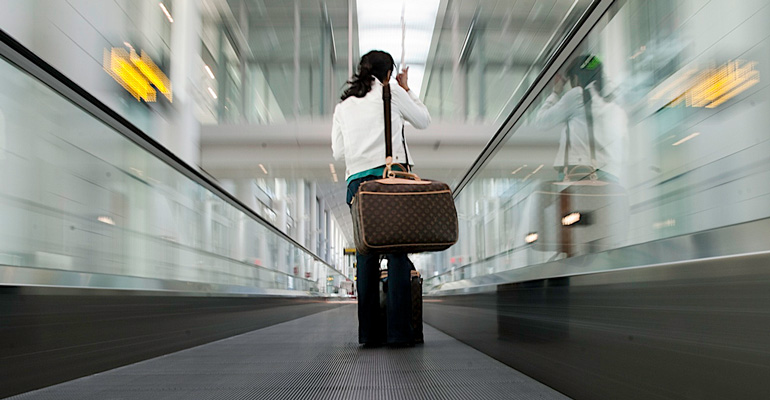This tutorial will show you how to blend images to create this effect.
You can create these stunning images using Photoshop and Lightroom. These are pretty simple steps, especially if you are familiar with these image editing softwares.
When trying to capture this kind of photograph in a single frame you’re pretty much out of luck. You can either capture a long exposure shot to smooth out the water, OR increase your ISO and capture a shot using a faster shutter speed to freeze your subject. No matter what you do in camera though, one piece of this puzzle will be out of line with the other.
So how do you freeze your subjects in a long exposure scene? Simple – with a little bit of post production.
Part One – Photograph Two Different Images
You will need two frames to work with in post production; one with a fast shutter speed to freeze the moving subjects, and one with a long exposure to smooth out the water in the scene. You don’t want to change the Depth of Field between the two frames, and need to make sure that the overall exposure remains the same, so you are left with changing the ISO setting to achieve the results you want.
The long exposure shot will be taken at ISO 100 and whatever settings will be required to get the optimal exposure for the scene in front of you and the faster shutter speed shot will be taken with a higher ISO setting allowing you to achieve a fast enough shutter speed to freeze the motion of the subject you want stationary.
Part Two – Combining the Images in Photoshop
Once you’ve got the photograph properly exposed you’ll notice that the problem is very evident in the photograph – the moving subjects just wouldn’t sit still for the long exposure. So it’s up to post production magic to solve this issue.
Process the long exposure image to your liking
Use Lightroom’s “sync” feature in the Develop Module to bring the settings from the photo with the long exposure over to the high ISO photo that you will be using . This will allow you to make sure everything stays the same (color, contrast, tone, etc.) between the two images when you get to creating the composite later.
I suggest applying some minor adjustments to the high ISO image to get the subjects to stand out more (as they are going to be the only piece of the high ISO used in the final version).
To do this, go into Lightroom’s detail section and push up the sharpening quite a bit. You may also want to do some noise reduction to try and compensate for the high ISO exposure with increased noise.
High ISO Exposure
Make some minor adjustments to the high ISO shot and export both images for further processing in Photoshop
While Lightroom is great for processing photos, it is limited in that you can not create composites or work with layers, which is exactly what is needed to finish this project.
Therefore it’s time to bring out the big guns and jump on over to Photoshop.
Jump into Photoshop
Open both photos as layers in Photoshop – I typically put the high ISO image on the bottom as we will be using less of that image in most cases.
I like to clean up the long exposure shot as well as I can first, so I went ahead and got rid of the blurry geese by performing a simple clone job. Go ahead and do that on your image as well if suitable.
To see this tutorial from start to finish along with example images go to Digital Photography School
Source: Digital Photography School
Image Source: iamkevb

